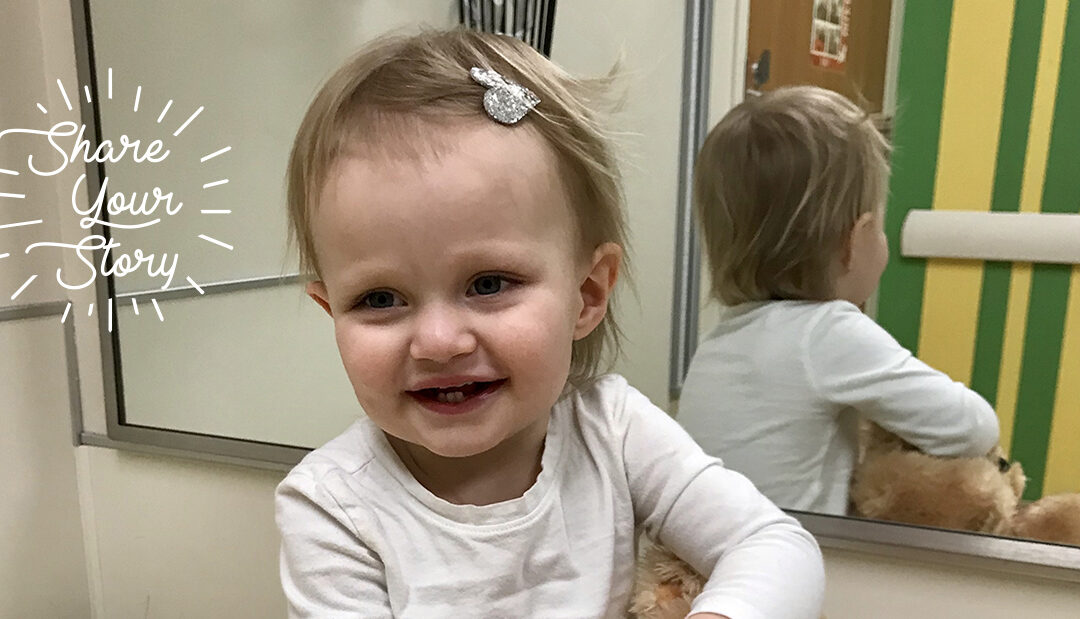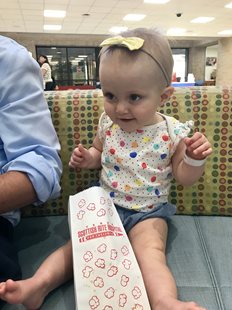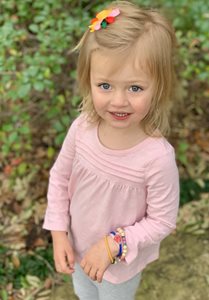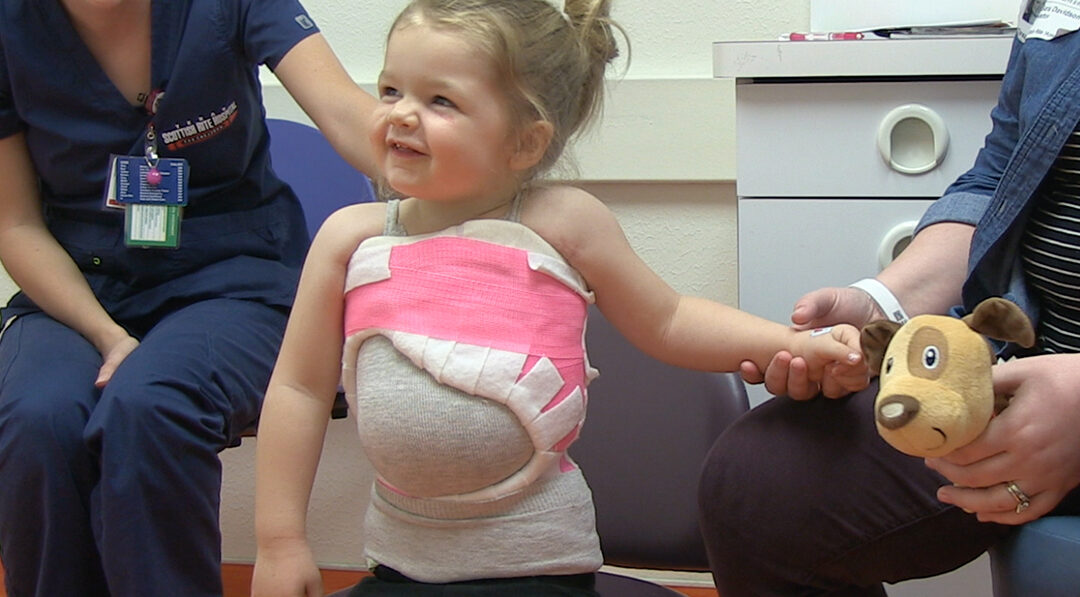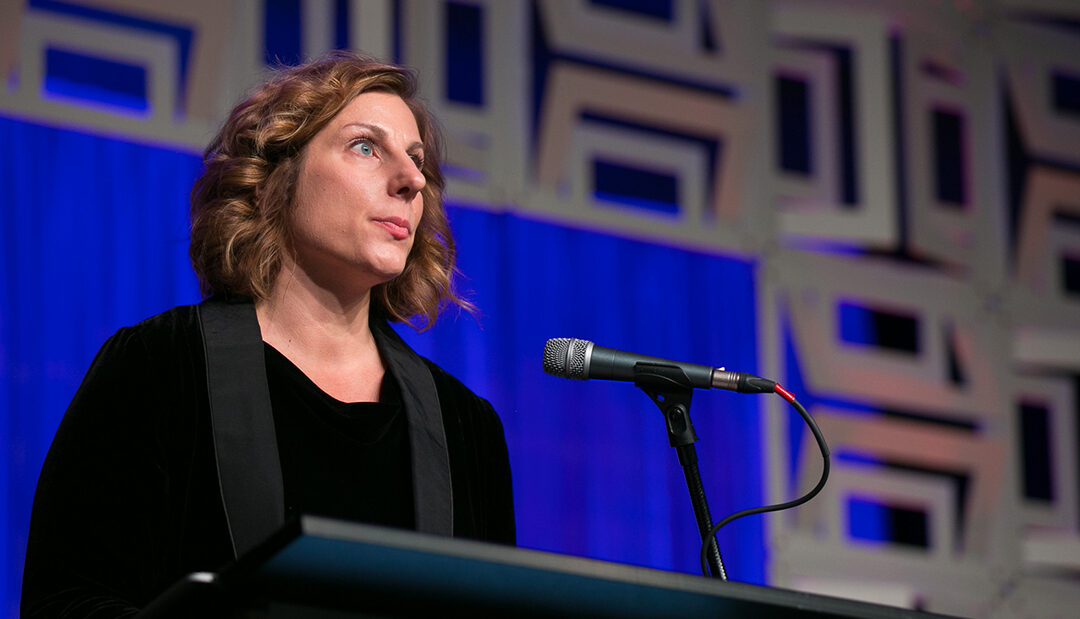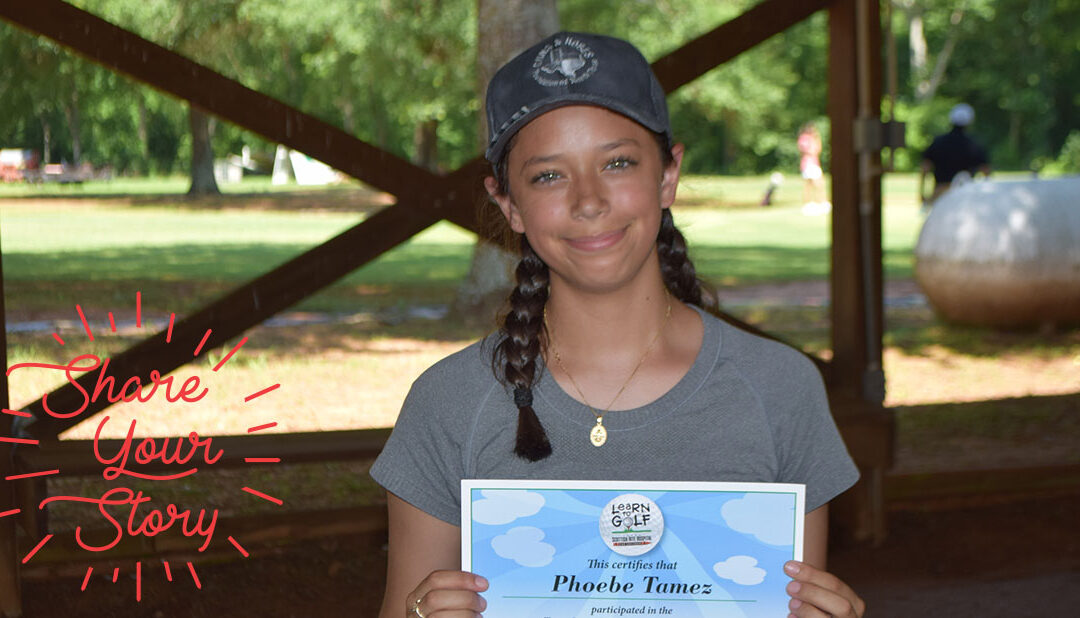
Share Your Story: Hole in One
Meet Phoebe, a patient seen by our spine experts. Learn more about her journey below.
Blog written by Phoebe’s mom, Victoria of Rockwall, TX.
When Phoebe was in sixth grade, she had her annual pediatrician visit and that was when our doctor first recommended further evaluation of her back. Phoebe’s shoulders were uneven, and she appeared to have an abnormal spinal curve. Our pediatrician recommended that we go to Scottish Rite for Children.
Phoebe became Dr. McIntosh’s patient and due to the degree of curvature in Phoebe’s spine, a scoliosis back brace was highly recommended and necessary to stop the progression of the curve. As a mother of a beautiful, young and active daughter, the news was a hard pill to swallow. We were very nervous and afraid of how the brace was going to impact our daughter’s lifestyle. Dr. McIntosh was very understanding and thorough, answered all our questions and made us, especially Phoebe, feel comfortable.
Dr. McIntosh is an expert and we felt confident that our daughter was in great hands.
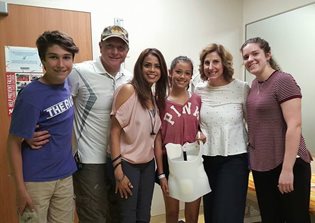
That same day, we met with Kelsey in the Prosthetics department. She took measurements and designed Phoebe’s back brace. Phoebe loved all the staff and doctors but felt a special connection with Kelsey. She was funny, young at heart and spent a lot of time with Phoebe during the brace adjustments.
At that time, Phoebe was 11 years old and about to transition from elementary to middle school. It was hard to see her wear a thick plastic brace during the hot 100+ degree weather. Phoebe has always been tough, and she rarely complained. She didn’t like the brace, but she knew that it was the only option to stop the curvature progression. Many times, she would even wear it for more than the 20 hours a day that was recommended. She started with a 19-degree curvature and at the end of the process, she was at a 17-degree curvature, which was great.

As a family, we did different activities together and allowed Phoebe to try many different sports. Phoebe was able to play soccer and basketball, run track, and even participated in cheerleading – all throughout her bracing process. Dana Dempsey, the Scottish Rite Director of Therapeutic Recreation, invited us to participate in a Learn to Golf clinic. It was at this clinic when Phoebe decided to try golf and she fell in love with the sport! Through the years, she has participated in several different Learn to Golf clinics and is now on the varsity golf team at her high school. She even made the varsity team as a freshman!
We are beyond grateful for all of the staff and volunteers at Scottish Rite. Phoebe’s scoliosis experience was much brighter due to the care and love she felt, and we strongly recommend Scottish Rite to anyone else that may be going down this path.
Learn more about Phoebe’s Story and see how Learn to Golf changed her life. Click here.
DO YOU HAVE A STORY? WE WANT TO HEAR IT! SHARE YOUR STORY WITH US.

